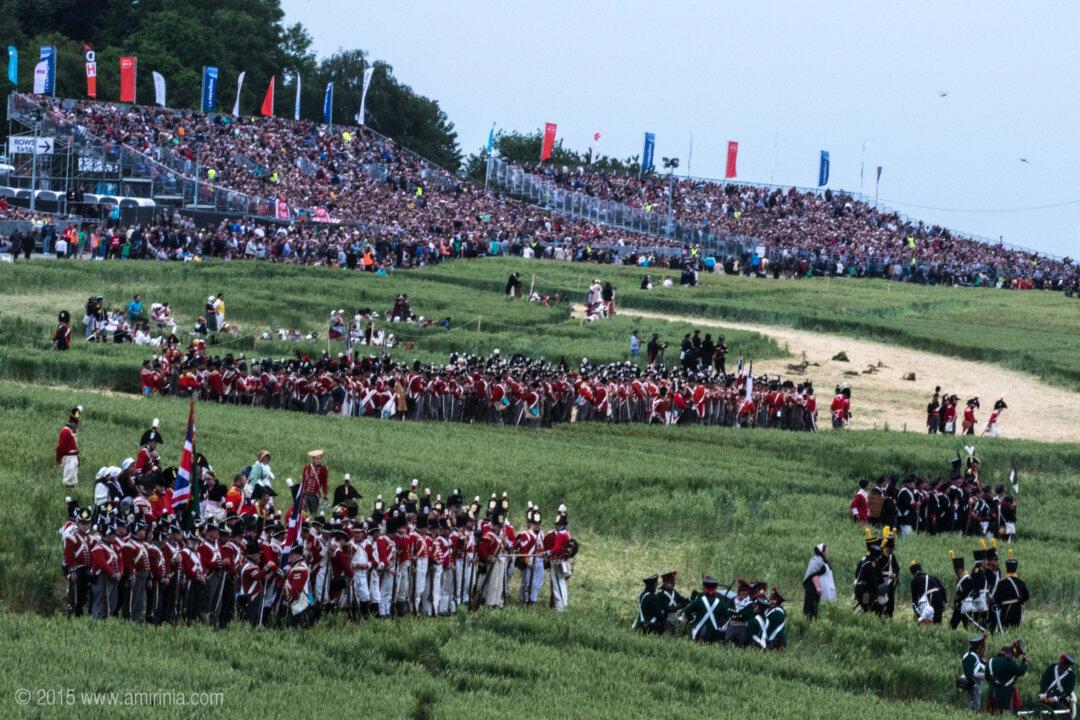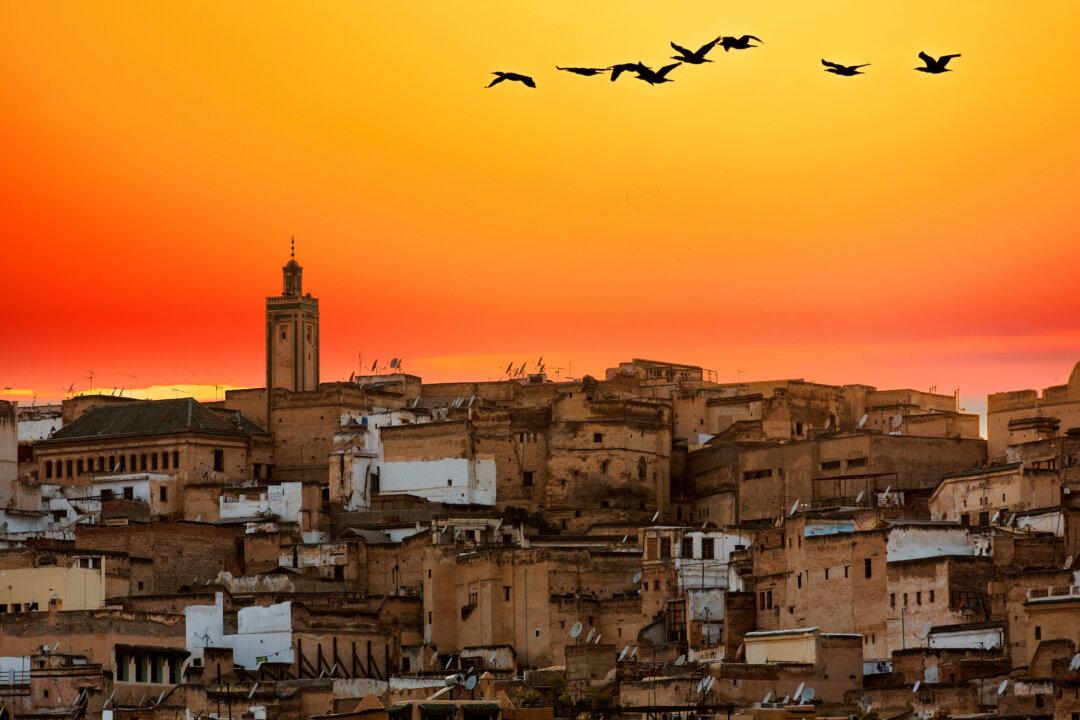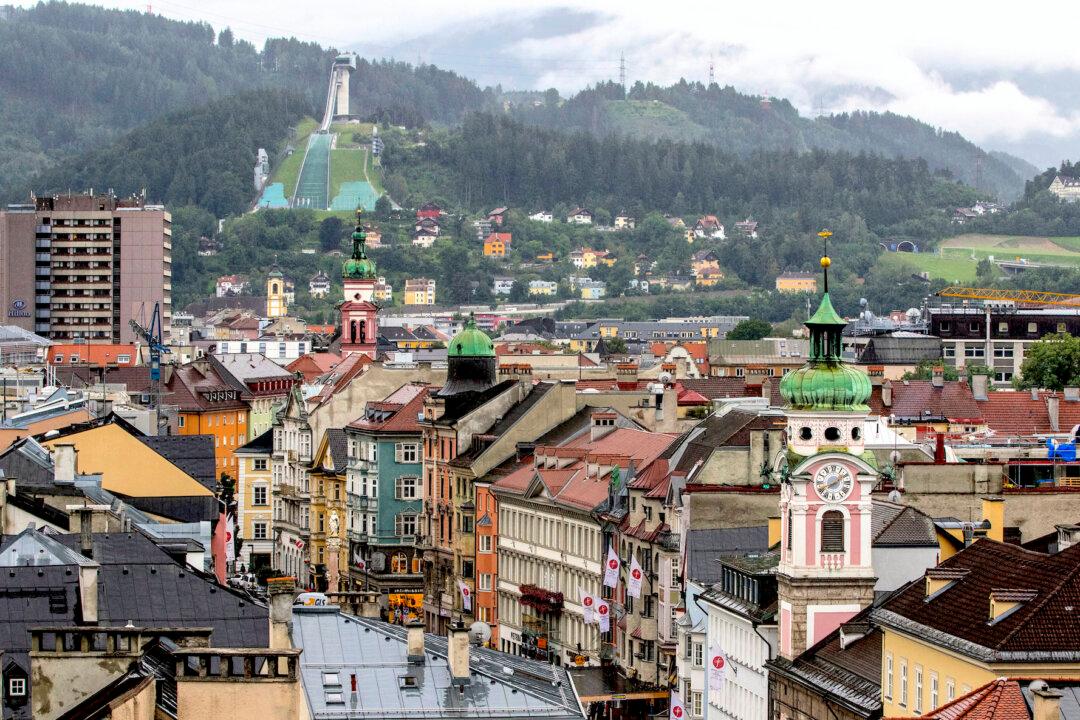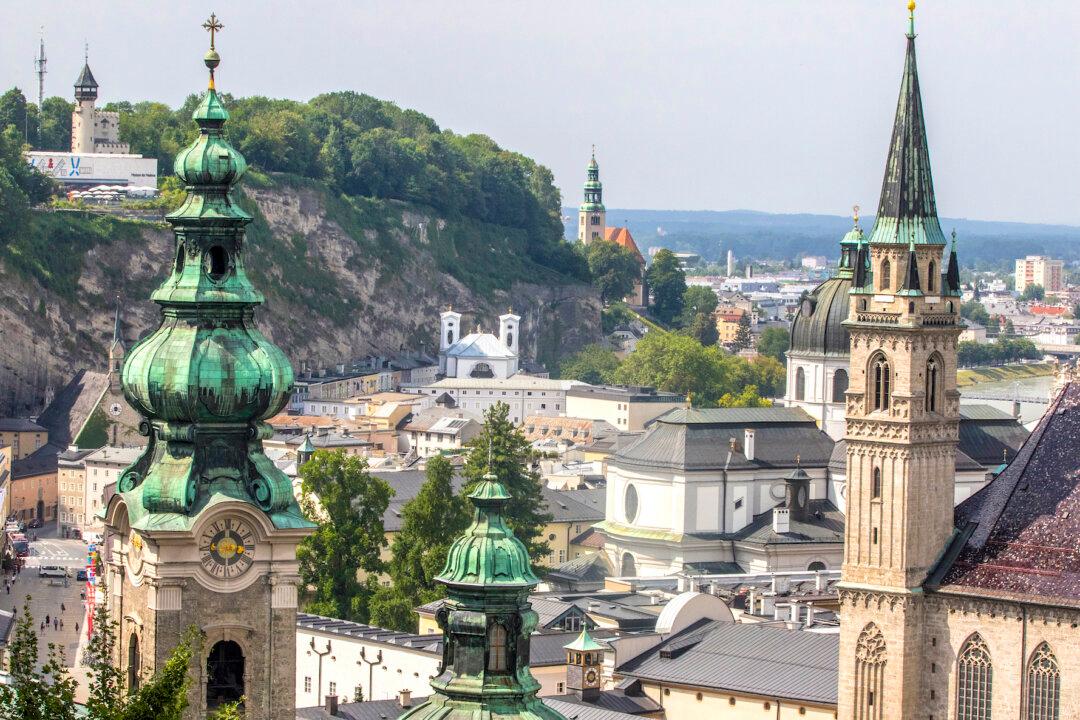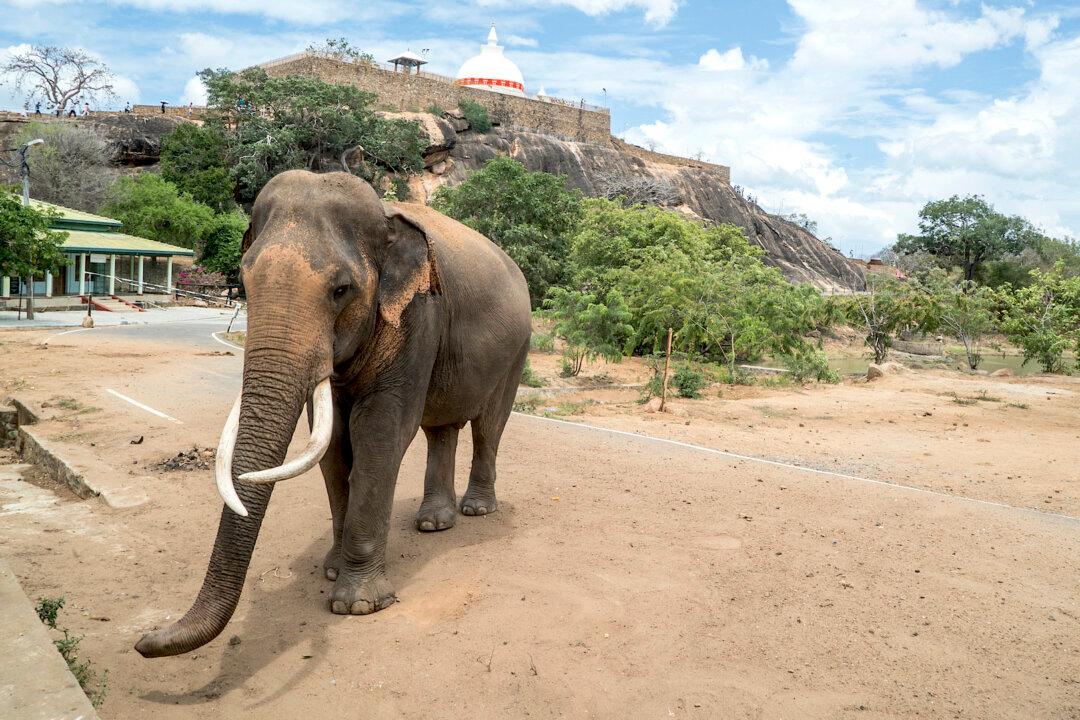Shots rang out, and cannon and gunfire clouded the air with thick smoke as the opposing armies advanced into battle. Often, visibility became limited and it was hard to see what was going on in the far distance.
Further down, a line of soldiers in red uniforms were shooting their muskets and rifles into the air, while proud riders on horseback rushed around the field watching over them.
I was witnessing—along with about 65,000 others—a re-enactment of the Battle of Waterloo, one of the deadliest battles ever to have taken place in a single day.
The re-enactment is held each year on the original battlefield in Waterloo, a small town 17 kilometres from Brussels in Belgium, on the weekend nearest to the historic date of the battle—June 18, 1815.
More than 6,200 people from various countries took part in the bicentenary re-enactment, which spanned an area of around 2,500 hectares.

